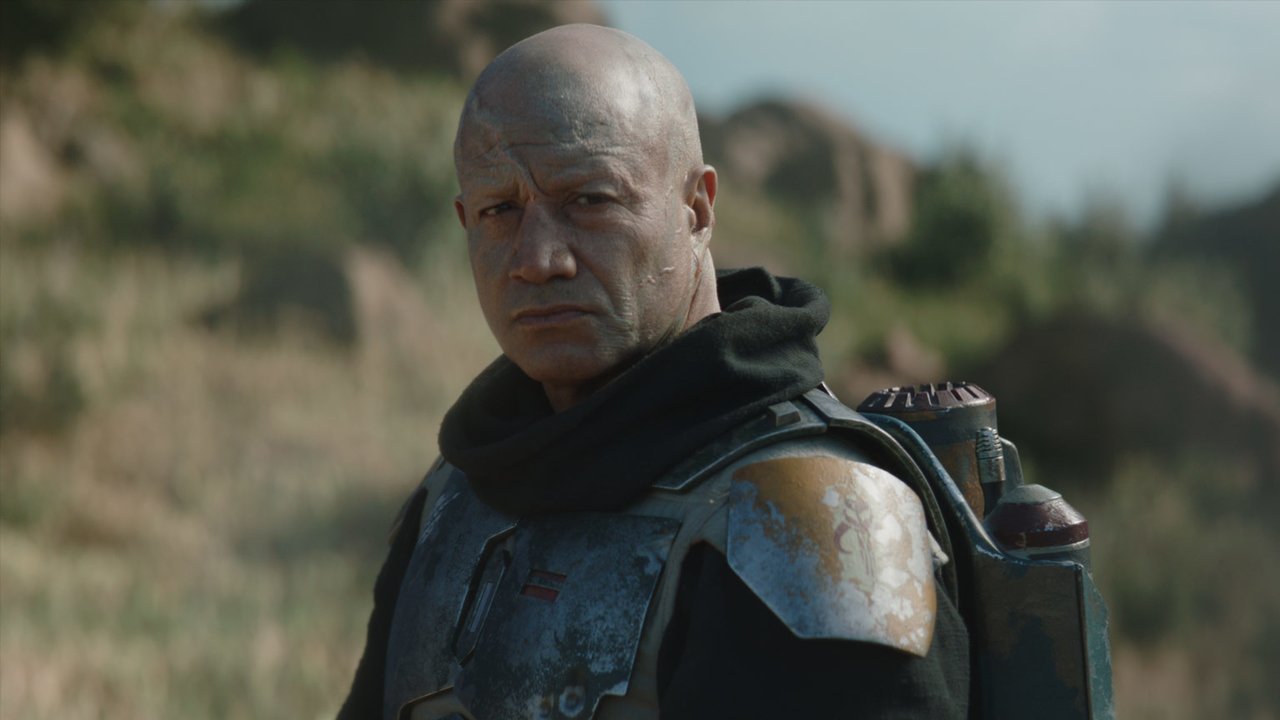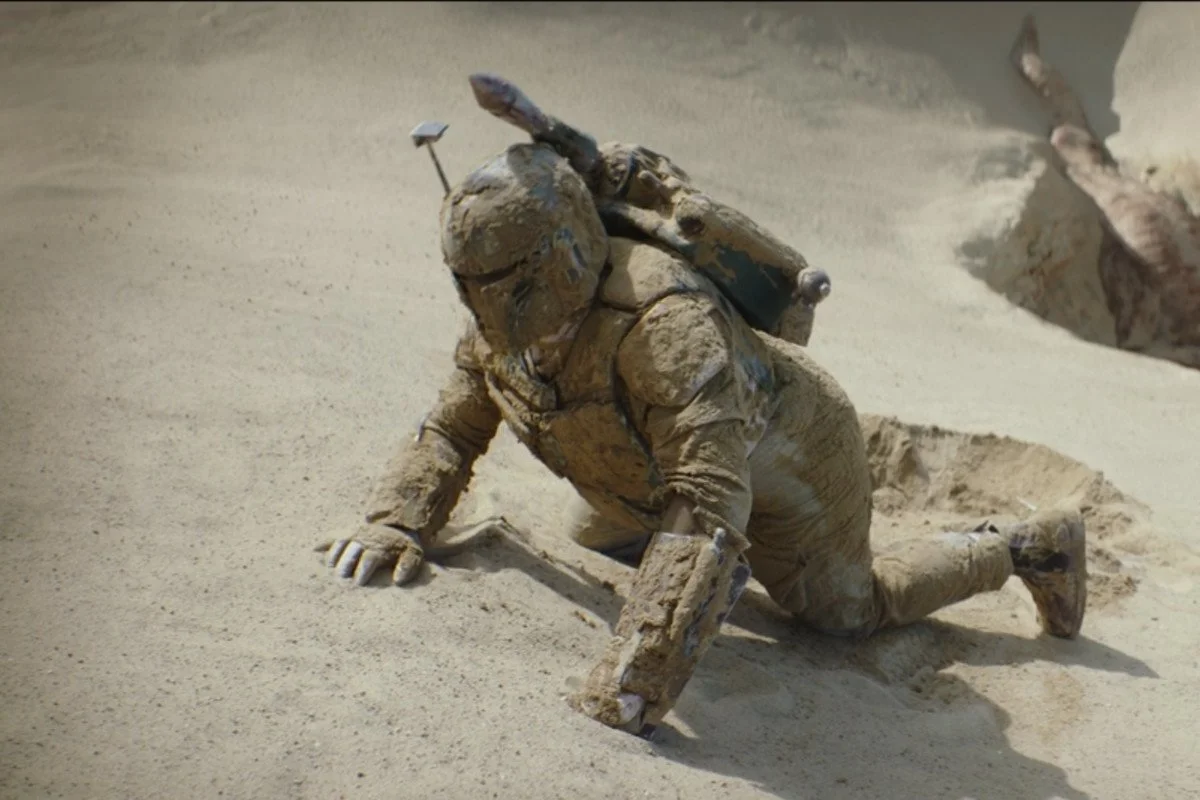Does Boba Fett Suffer From PTSD?
Boba Fett has said, "I'm just a simple man making his way though the galaxy, like my father before me." He's touted himself as the everyman. Boba is an anti-hero, but not exactly a villain either, despite his working for the Galactic Empire. Therefore, like any average man, he lives with emotions. Looking back through Boba's misfortunes along his path, we can play psychiatrist and pull from the harsh history of pain he has endured to answer whether Boba Fett has PTSD (Post Traumatic Stress Disorder). Let's sort this out.
Here is what we know; Boba Fett seared away in a sarlacc's digestive juices, escaped, was dragged along the ground by a Bantha, over-tanned in the heat of Tatooine suns, waterless and with no SPF, and endured a severe gaderffii stick beating. Fett's been left stranded by Jawas, he's faced the dangers of an assassination attempt, previous space battles, a fight with Luke Skywalker, five years captive in the desert, and the loss of his stolen Mandalorian armor, all this after witnessing his father's death at a young age. I would dare to say, poor Boba has suffered dearly throughout his personal Star Wars saga, despite his being the most respected bounty hunter in the galaxy and now Crime Lord of Mos Espa. Although, much worse for wear.
Related: Facts About The Sarlacc You Didn't Know
Would a real soldier, or any of us, have any mental disorders after going through that menagerie of hopelessness? If Boba Fett considers himself a normal man, then he holds no special powers, no unique or vast understanding of the universe, nor can he shut out pain and sorrow. Other characters would have fallen apart from such tidings of good joy, but not Boba Fett. He must suffer inside, and that suffering is a result of his path. Therefore, Boba Fett must suffer PTSD, like any other normal being would.
Most recently, we were reintroduced to Boba Fett, in The Mandalorian. Although he aged, he looked rather healthy. However, in The Book of Boba Fett, he is suffering, with easily visible signs of what being digested by a sarlacc has done to him over time. The usual effects of being swallowed by a sarlaac, being injected with a very painful neurotoxin. It takes thousands of years to digest their pray, alive. Boba Fett may have missed the latter part of death, but neurotoxin surely remains in his system, most evidently causing his physical appearance. One more reason to be constantly under stress.
Scarred, and now played by a 61-year-old man, he looks older, uglier, and bolder in The Book of Boba Fett, which at some point catches up to and runs aside The Mandalorian story. Apparently the effects of his time in digestive juices is slowly killing him and, as has been suggested by others, possibly altering his cloned Jango Fett DNA.
Boba was heavily dependent on regular bacta baths to keep him alive and heal. However imagine his history, the sarlacc, the physical pain, and mental anguish he shows to be suffering from now, it should be easy for any of us with kind hearts to understand why he most definitely must be suffering from PTSD and is much more hardened, with a desire for power. What would that all do to any soldiers of the Galactic Empire? Would a Jedi survive all of that?
If you would like to get a clearer picture of how Boba escaped the sarlacc, and what happened directly after that, causing him to be left in the desert for the Jawa to take advantage of, you can take a look at The Revenge of Tag & Bink, a short comic story included in Star Wars Tales #12.
It is not hard to call Boba Fett one of the toughest simple men in the Star Wars galaxy. The question not answered yet, is whether his "inner scars" can heal?
I'll leave you to decide that for yourself.
READ MORE: Throwaway Insult In ‘Boba Fett’ Episode 2 Has A Deeper Meaning Than You Know
Source(s): AD_Edits(Youtube), TV Insider, Screen Rant


